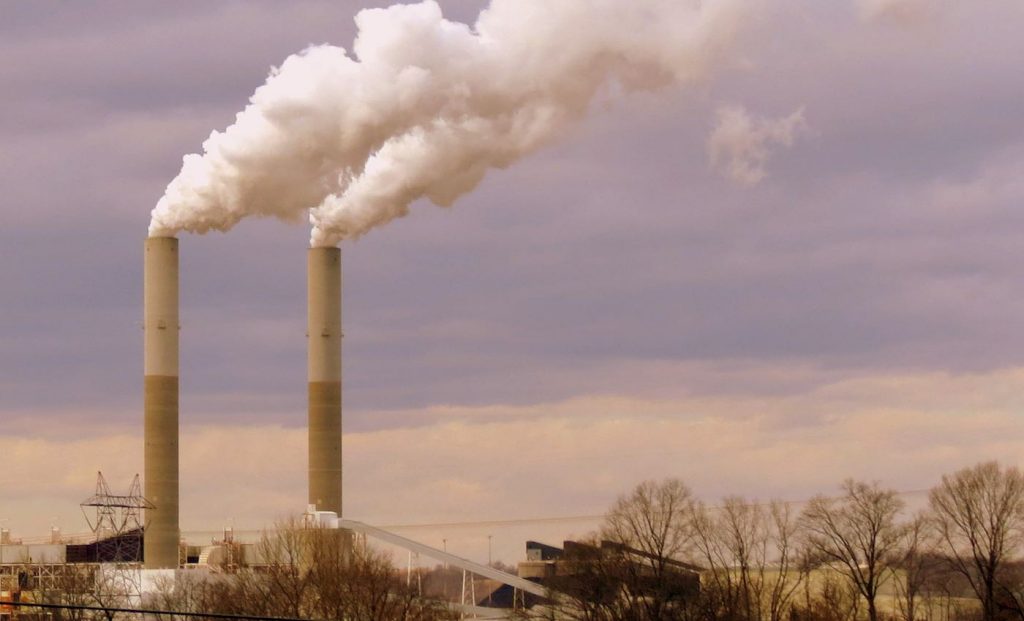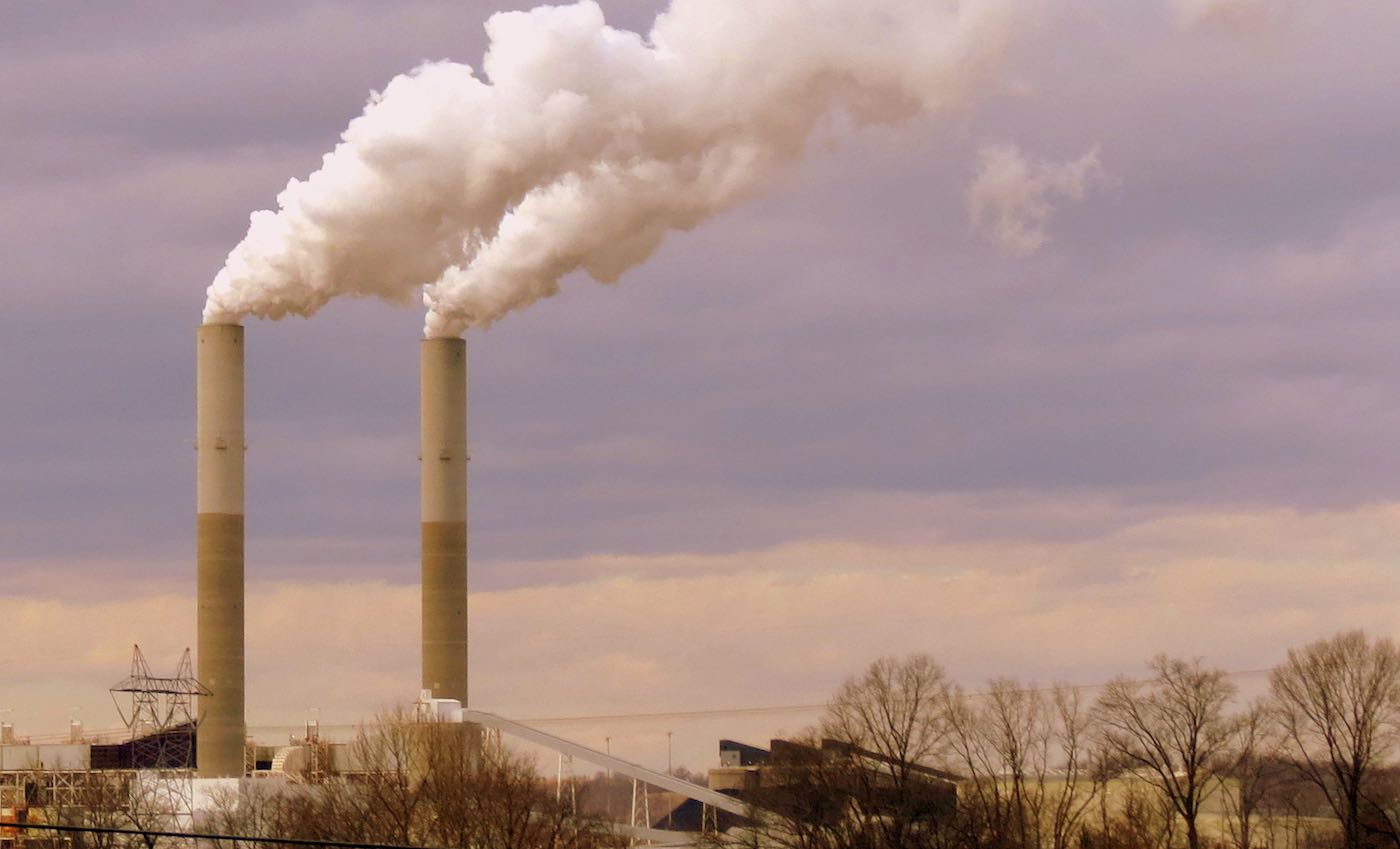
MIT researchers have some good news for the environment: “Mercury emissions from human activity have been declining over the past two decades, despite global emissions inventories that indicate otherwise.“
The unexpected reduction in human-driven pollution led to a 10 percent decline in mercury concentrations in the air.
For the new study, researchers analyzed measurements from all 51 available monitoring stations in the Northern Hemisphere and found a steep decline between 2005 and 2020.
They used two separate modeling methods to determine what is driving that trend. Both techniques pointed to a decline in mercury emissions from human activity as the most likely cause.
Global inventories, on the other hand, have reported opposite trends. These inventories estimate atmospheric emissions using models that incorporate average emission rates of polluting activities and the scale of these activities worldwide.
“Our work shows that it is very important to learn from actual, on-the-ground data to try and improve our models and these emissions estimates. This is very relevant for policy because, if we are not able to accurately estimate past mercury emissions, how are we going to predict how mercury pollution will evolve in the future?” says Ari Feinberg, a former postdoc in the MIT Institute for Data, Systems, and Society (IDSS) and lead author of the study.
Due to a lack of additional data from global monitoring stations and limitations in our understanding of mercury pollution, the researchers couldn’t pinpoint a definitive reason for the mismatch between the inventories and the recorded measurements.
“Mercury emissions are moving in the right direction, and could continue to do so, which is heartening to see. But this was as far as we could get with mercury. We need to keep measuring and advancing the science,” adds co-author Noelle Selin, an MIT professor.
Feinberg and Selin are joined on the paper by an international team of researchers that contributed mercury measurement data and statistical methods to the study. The research was published in the Proceedings of the National Academy of Sciences.
Why the Mercury Mismatch?
A global treaty that aimed to cut mercury emissions—a potent neurotoxin that enters the atmosphere from sources like coal-fired power plants and small-scale gold mining—was signed in 2013 and went into force in 2017.
The Minamata Convention calls for an evaluation every five years. The first meeting of its 128 signatories—including the US, EU, China and Russia—coincided with disheartening news reports that said global inventories of mercury emissions had increased, despite international efforts to reduce them.
This was puzzling news for environmental scientists like Selin. Data from monitoring stations showed atmospheric mercury concentrations declining during the same period.
SPONGE WORTHY: Super Sponge Can Cleanse Mercury From Polluted Water Within Seconds
Inventories combine emission factors—such as the amount of mercury that enters the atmosphere when coal mined in a certain region is burned—with estimates of pollution-causing activities, like how much of that coal is burned in power plants.
“The big question we wanted to answer was: What is actually happening to mercury in the atmosphere and what does that say about emissions over time?” Selin says.
Modeling mercury emissions is especially tricky. First, mercury is the only metal that is in liquid form at room temperature, so it has unique properties. Moreover, mercury that has been removed from the atmosphere by sinks—like the ocean or land—can be re-emitted later, making it hard to identify primary emission sources.
At the same time, mercury is more difficult to study in laboratory settings than many other air pollutants, especially due to its toxicity, so scientists have limited understanding of all chemical reactions mercury can undergo. There is also a much smaller network of mercury monitoring stations, compared to other polluting gases like methane and nitrous oxide.
FROM the GNN ARCHIVE: Accidental Discovery: Orange Peels Could Suck Mercury Out of Oceans
“One of the challenges of our study was to come up with statistical methods that can address those data gaps, because available measurements come from different time periods and different measurement networks,” Feinberg says.
The researchers used statistical techniques to aggregate data and combined data from 11 regions, which helped them overcome data gaps and evaluate regional trends.
Then the researchers used two modeling methods — biogeochemical box modeling and chemical transport modeling — to explore possible causes of that decline. Box modeling was used to run hundreds of thousands of simulations to evaluate a wide array of emission scenarios. Chemical transport modeling is more computationally expensive but enables researchers to assess the impacts of meteorology and spatial variations on trends in selected scenarios.
For instance, they tested one hypothesis that there may be an additional environmental sink that is removing more mercury from the atmosphere than previously thought. The models would indicate the feasibility of an unknown sink of that magnitude.
TREES ARE CLIMATE HEROS: Trees Reveal Climate Surprise: Bark Removes Methane from the Atmosphere
“As we went through each hypothesis systematically, we were pretty surprised that we could really point to declines in anthropogenic (human-made) emissions as being the most likely cause,” Selin says.
Their work underscores the importance of long-term mercury monitoring stations, Feinberg adds. Many stations the researchers evaluated are no longer operational because of a lack of funding.
While their analysis couldn’t zero in on exactly why the emissions inventories didn’t match up with actual data, they have a few hypotheses.
One possibility is that global inventories are missing key information from certain countries. For instance, the researchers resolved some discrepancies when they used a more detailed regional inventory from China. But there was still a gap between observations and estimates.
In addition, it’s difficult to determine how long it takes the pollutant to be released into the atmosphere from discarded products like thermometers or scientific equipment.
MORE CLIMATE GOOD NEWS: Five Headlines that Showcase World Progress in the Climate Fight
In the future, researchers from multiple countries, including MIT, will collaborate to study and improve the models they use to estimate and evaluate emissions. This research will be influential in helping that project move the needle on monitoring mercury, Feinberg says.
This research was funded by the Swiss National Science Foundation, the U.S. National Science Foundation, and the U.S. Environmental Protection Agency.
(Source: MIT News)
SHARE THE POSITIVE TREND With Friends and Colleagues On Social Media…




















